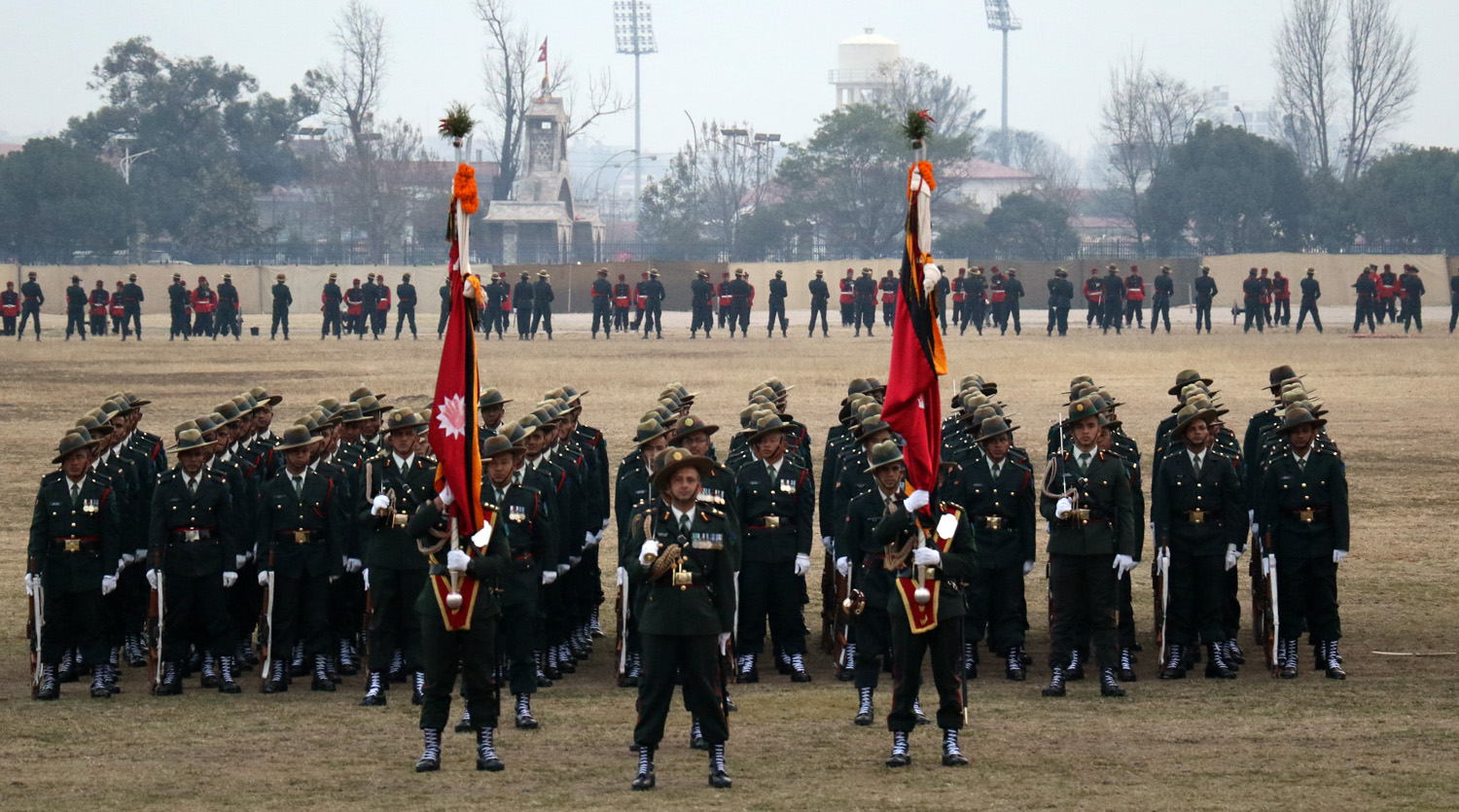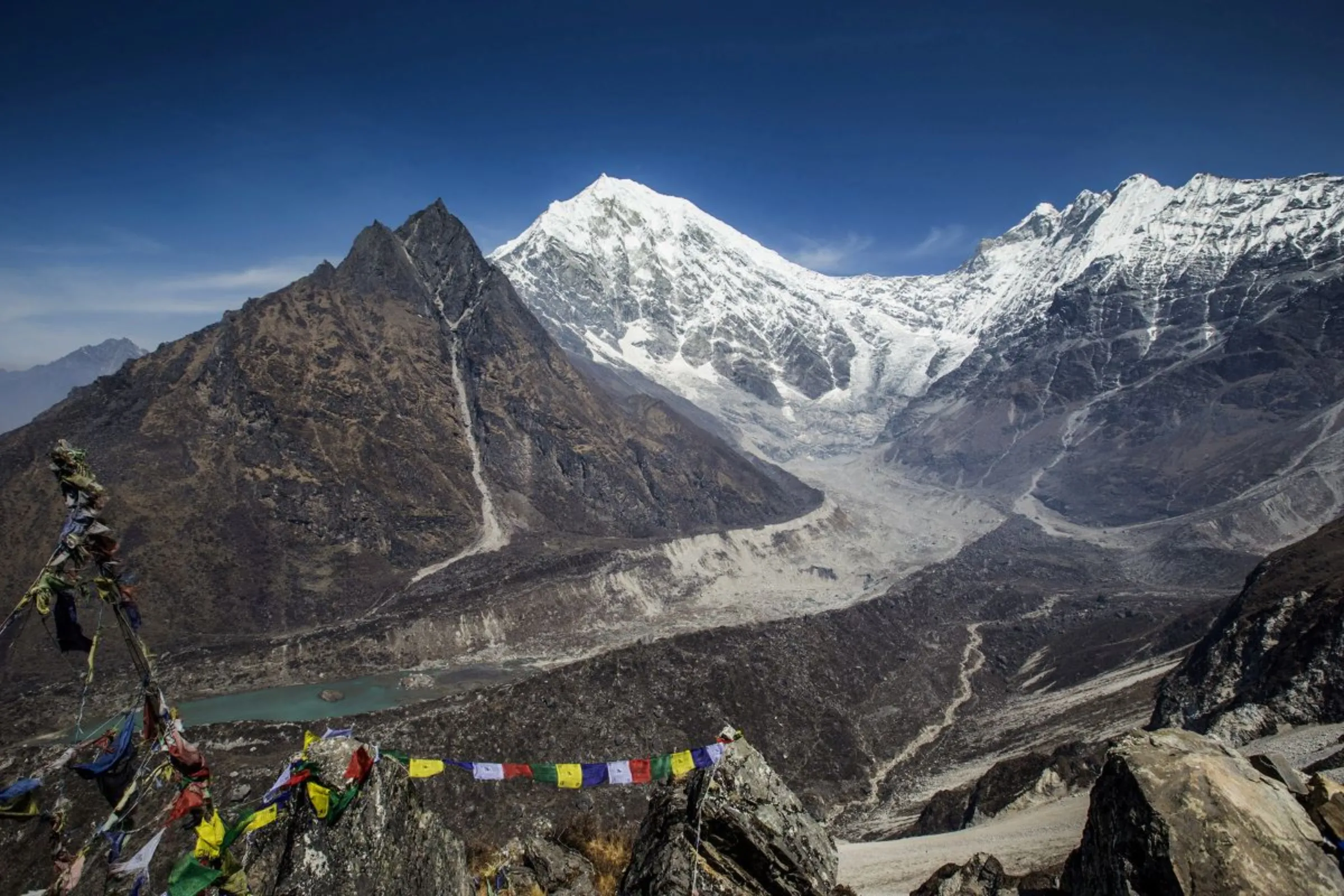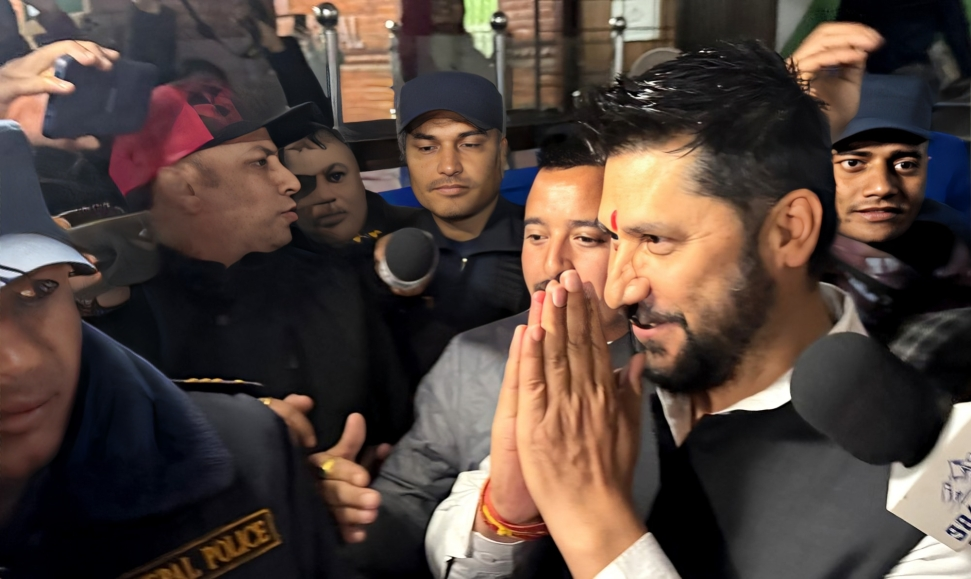Context – Army Day Special Feature: Five facts about Nepal’s ‘blue helmets’ in UN-peacekeeping missions

Birat Anupam
Itahari: Today is Maha Shivaratri festival, the festival dedicated to Lord Shiva. The Nepali Army has been marking the day as the Army Day. Nepali Army is appreciated for its admirable role in maintaining peace in some of the conflict hotspots of the world. It would be appropriate to highlight the national army’s this aspect on the occasion of the Army Day today.
Among the various global peace initiatives led by the United Nations (UN), peacekeeping is one of them. Nepal Army has been an integral and leading section of Nepal’s presence at the UN peacekeeping missions deployed by the UN under its specified department called Department of Peace Operations. From Asia to Africa to Caribbean, Nepal Army has made an indomitable mark in UN-led peacekeeping missions worldwide.
It has been almost 73 years of the beginning of UN peacekeeping. According to the official UN peacekeeping website, peacekeeping.un.org, the pioneering UN peacekeeping mission was constituted in May of 1948 to monitor the then Armistice Agreement between Israel and its Arab neighbors. Nepal was associated with UN peacekeeping mission only after a decade of its formation in 1958. UN peacekeeping forces are commonly known as ‘blue helmets’ and Nepali ‘blue helmets’ are an established domain in UN system.
Here are some fundamental five facts about Nepal’s ‘blue helmets’ in UN peacekeeping mission worldwide.
1.Entry after three years of UN membership: Despite its formal expression of membership at the UN in 1949, Nepal only got admitted to the world body only on 14 December 1955. In a formal letter dated 22 July 1949, Major General Bijaya Shamsher, the then director-general of foreign affairs, had sent a 27-paged formal letter to the UN Security Council for being UN member. Unfortunately, Soviet Union had barred Nepal on a Security Council meeting by its veto power on 7 September 1949. The New York Times had reported this story. In a news headline titled ‘Russia’s 31st veto in UN bars Nepal, nine nations in the Security Council Vote for admitting country to membership’, journalist A.M. Rosenthal wrote in his byline published on 8 September 1949, ” The Himalayan Kingdom of Nepal was kept out of the United Nations today by the thirty-first veto registered by the Soviet Union.” After seven years of application Nepal became UN member. After becoming members, it took three years for Nepal to be a part of UN peacekeeping mission in 1958.
2.Entry as an observer and then as forces: On behalf of United Nations Observer Group, Nepal made its formal entry to the UN peacekeeping mission as observers in west Asian nation Lebanon in 1958. There were five military observers from Nepal Army in the pioneering peacekeeping mission. The first five military observers were Captain Bodhendra Bahadur Rayamajhi who was retired as Lieutenant Colonel, Captain Arjun Narshing Rana who retired as Chief of Army Staff (COAS), Captain Kanak Shumser JBR who was retired as Lieutenant Colonel, Captain Tika Shumser JBR who was retired as Brigadier General and Captain Ganga Bahadur Bista who got retirement as Major General. After sixteen years of its first entry as an observer, Nepali Army sent Purano Gorakh Battalion as its troops for UN peacekeeping in Egypt in 1974. It was first Nepali boots on the ground as a part of peacekeeping mission.
3. Fourth largest troops for UN peacekeeping: According to the official statistics of UN as of 31 December 2020, Nepal Army is the fourth largest troop’s contributor in the UN peacekeeping missions worldwide. Nepal is only behind Bangladesh, Rwanda and Ethiopia in this respect. According to the Nepali Army, as of 29 January 2021, there are 5128 UN peacekeepers from Nepali Army in the dozen peacekeeping missions worldwide. Out of 5128 peacekeepers, 187 are women. The ongoing Nepal Army missions include Yemen, Libya, Iraq, Central African Republic, Syria, Mali, Lebanon, Israel, Western Sahara, South Sudan and Congo. According to Chief of Army Staff (COAS) Purna Chandra Thapa, Nepali Army has the capacity and commitment to provide 10,000 peacekeepers to the UN if the world body asks to do so.
4.Former Maoist combatants as peacekeepers: Nepal had witnessed a decade-long insurgency led by Maoists from 1996-2006. The bloody insurgency finally ended on a peace deal and some of the deserving former Maoist fighters were integrated into the Nepal Army. 1420 former Maoist fighters were formally integrated into Nepal Army on 5 July 2013. According to Nepal Army, 745 former Maoist fighters are in the UN peacekeeping mission after their integration in the Nepal Army. Many conflict researchers and military academics have praised this unique part of Nepal’s peacekeeping mission on behalf of UN.
5. Deaths and disabilities: Nepal Army’s presence in the UN peacekeeping mission is not without cost. According to the Nepal Army, 66 Nepal Army personnel have lost their lives while discharging their duties for world peace under the banner of UN. In addition, 68 army soldiers have been wounded for the same purpose. The first man to breathe his last on behalf of Nepali Army was soldier Ganga Bahadur Darlami from Shree First Rifle Battalion in Lebanon. He lost his life on 5 Poush 2036 BS. RSS










